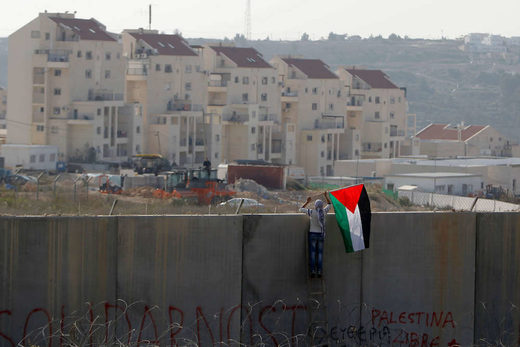
But since its adoption in 1967, Israel has violated the resolution by entrenching its occupation of the Palestinian territories through illegal settlements. 600,000 - 750,000 Illegal settlers reside in the occupied Palestinian territories:
- 150 Settlements
- 119 Outposts
- 42% Of West Bank land controlled by settlements
- 86% Of East Jerusalem for Israeli state and settler use
- The majority of settlements have been built either entirely or partially on private Palestinian property
The middle-class suburban style townhouses, built fast and locked in a grid of uniform units, stand like fortified compounds, in direct contrast to the sprawling limestone Palestinian homes below.

The largest settlement, Modi'in Illit, houses more than 64,000 Israeli Jews in the occupied West Bank. The mega-settlement has its own mayor, as well as schools, shopping malls and medical centres.
Some settlements even have their own universities.
Today, between 600,000 and 750,000 Israelis live in these sizeable settlements, equivalent to roughly 11 percent of the total Jewish Israeli population.
They live beyond the internationally recognised borders of their state, on Palestinian land that Israel occupied in 1967, comprising East Jerusalem and the West Bank.
Since then, the Israeli government has openly funded and built settlements for Israeli Jews to live there, offering incentives and subsidised housing.
So why have these housing compounds caused so much rancour and been called a threat to the prospect of peace in the Holy Land?
Follow this journey to find out.



Reader Comments
to our Newsletter